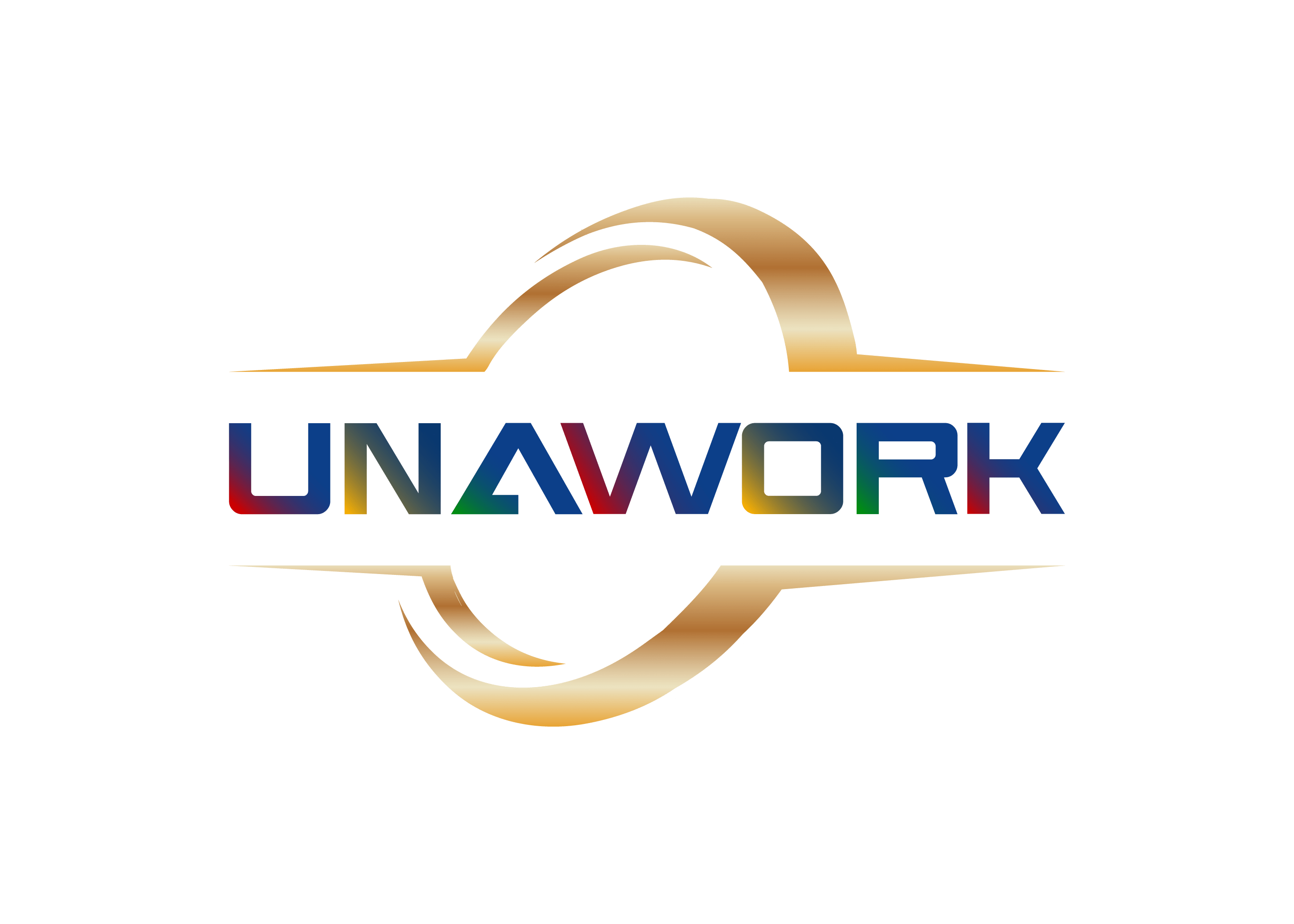
We will never comprehend what our teammates are doing while virtually working, which raises significant virtual work and communication problems.
First of all, we need to get used to asynchronous contact, i.e., we need to acknowledge the possibility that there will be no instant reply to our message. When asking “how do you communicate when working virtually?,” you will find several approaches to assist with team communication.
Secondly, the reaction can often tend to be to the point and impersonal. If you were expecting an elaborate response, you could get a basic “OK.” Your team members may be distracted or intensely interested in other jobs, but you won’t know that. This also adds to dissatisfaction within the team and anger.
When working remotely, another obstacle is that you can’t talk non-verbally. Your facial expression, sarcasm, and wit may also contribute to misunderstanding or can offend anyone worse.
Therefore, providing sufficient meaning and consistency in your visual correspondence is essential. Rather than under-communicate, it is often better to over-communicate.
Scheduling Interactive Sessions
The lack of contact between team members is one of the significant disadvantages of virtual work. There is so much reliance on messaging that an occasional video call is confined to our connections.
Most of us are distracted most of the time, making it hard to respond to messages instantly. So we usually interact asynchronously, i.e., at varying times, our texts and responses happen. This can make you feel like you’re working alone, which is terrible for teamwork.
So, having daily virtual sessions is a smart idea so that team members can communicate in real-time person-to-person.
How do you communicate when working virtually? Call others on a consistent basis.
Encourage the team during calls to turn on their camera. Video sessions, where you can see expressions and read body language, helps create and build partnerships over time. Make this a routine occurrence such that there can be some workplace experiences for the virtual team to look forward to.
Using Chat Platforms
When you know what others on your team are doing, collaboration in virtual work gets straightforward. Slack and other virtual work platforms offer status changes to make things simpler for you to let your colleagues know what you are doing.
When the teammates reach out to you, this helps set goals. Whether you’re out for lunch, at a conference, or busy doing something important, they realize where you are, which makes teamwork smoother.
Do Not Interrupt and Deep Work
You may choose to use interrupt alerts when you need to indulge in deep work, consult with a customer, or are away from work. This will let the colleagues know if you’re distracted or gone and that their goals should be set accordingly.
Based on your routine, Slack and other chat communication devices, such as UnaWork, helps you to disable alerts automatically. When you need to focus and don’t want any interruptions, or if you’re going to take a rest and get away from the workplace, this is useful.
Build Casual Chat Opportunities
When you know what others on your team are doing, collaboration in virtual work gets straightforward. UnaWork, Slack, and other chat communication status’ makes things simpler for you to let your colleagues know what you are doing.
When the teammates reach out to you, this helps set goals. Whether you’re out for lunch, at a conference, or busy doing something important, they realize your status. At the same time, you can connect for 15 – 30 minutes at designated times to get results.
Know Your Team's Schedule
It’s a smart idea to keep track of everyone’s working hours while you’re working with people in various time zones.
If you know when their day begins and finishes, the team members are less likely to make demands at unusual hours. To ensure that our meeting times are not uncomfortable for any member, use a Time Zone Converter.
Holding the schedule up-to-date, closing off time blocks for deep work or general hours is also a safe idea. How do you communicate when working virtually? You let your colleagues know where and how long you will be accessible every day of the week by posting a modified schedule. This makes arranging meetings and setting goals for everyday tasks simple.
Communication with Virtual Work is the foundation of practical tasks and project management. It is better to work for their satisfaction if we can express our needs and desires.
The ideas shared in this blog will help alleviate many of the digital connectivity challenges in a home-based work climate.
You can create empathy, morale, and a feeling of connection within your team by supporting your team to build person-to-person interactions using digital media. This would promote contact and, ultimately, the business with members of the group.

